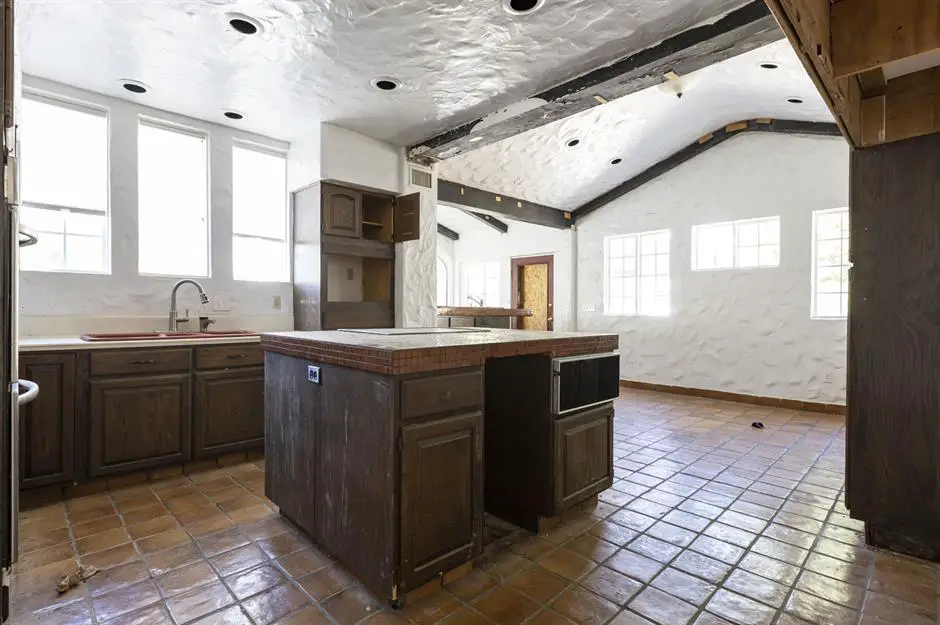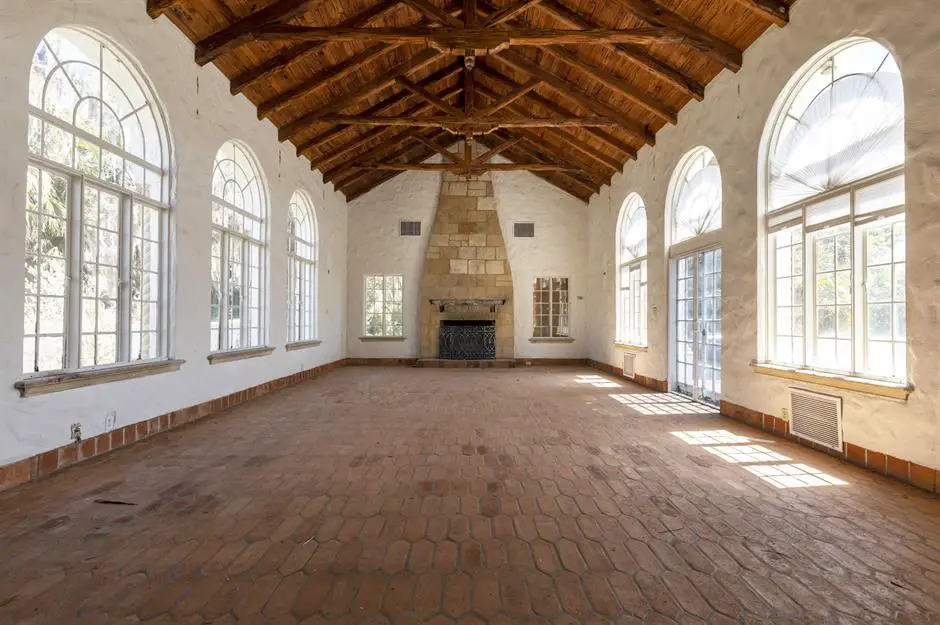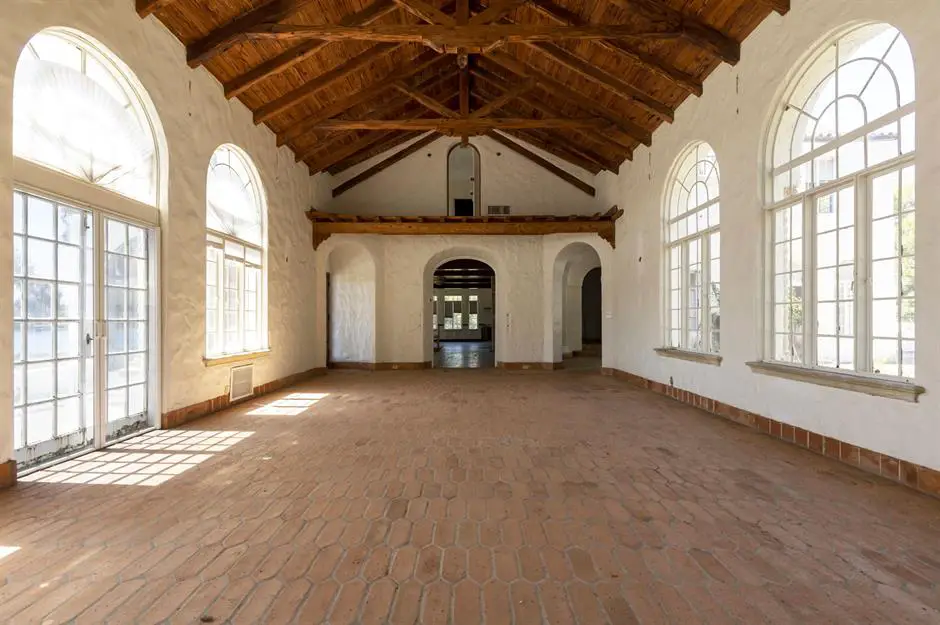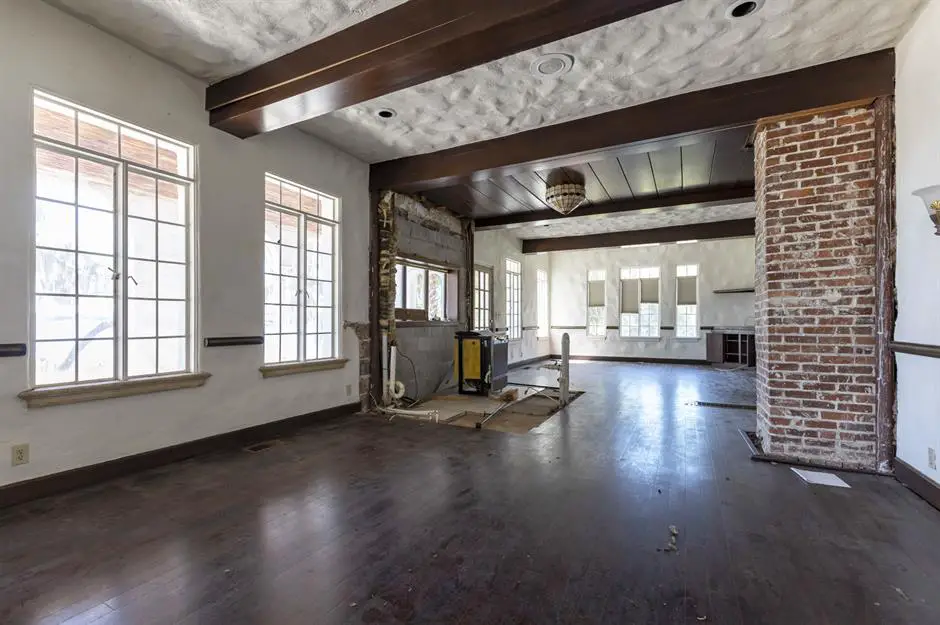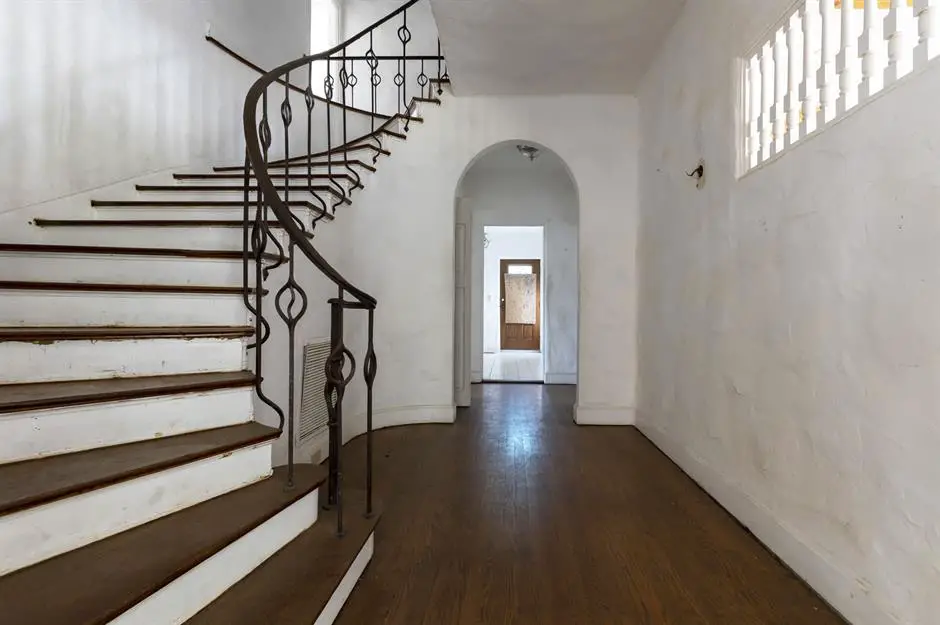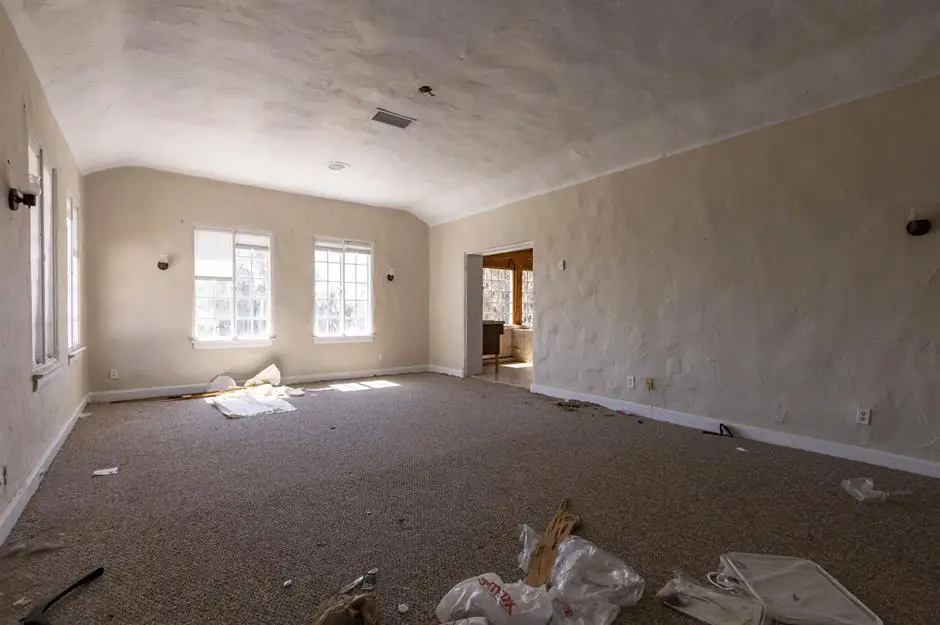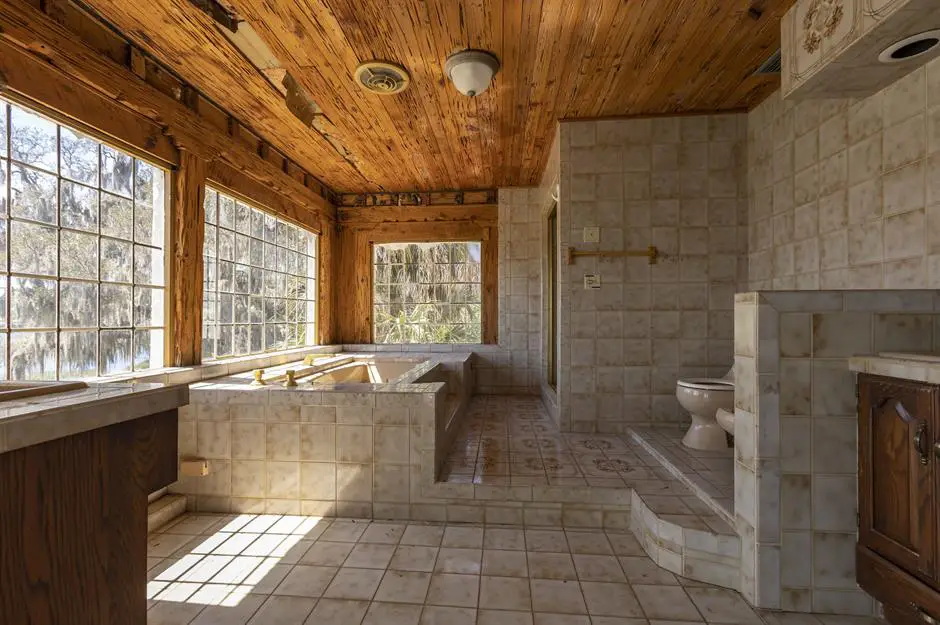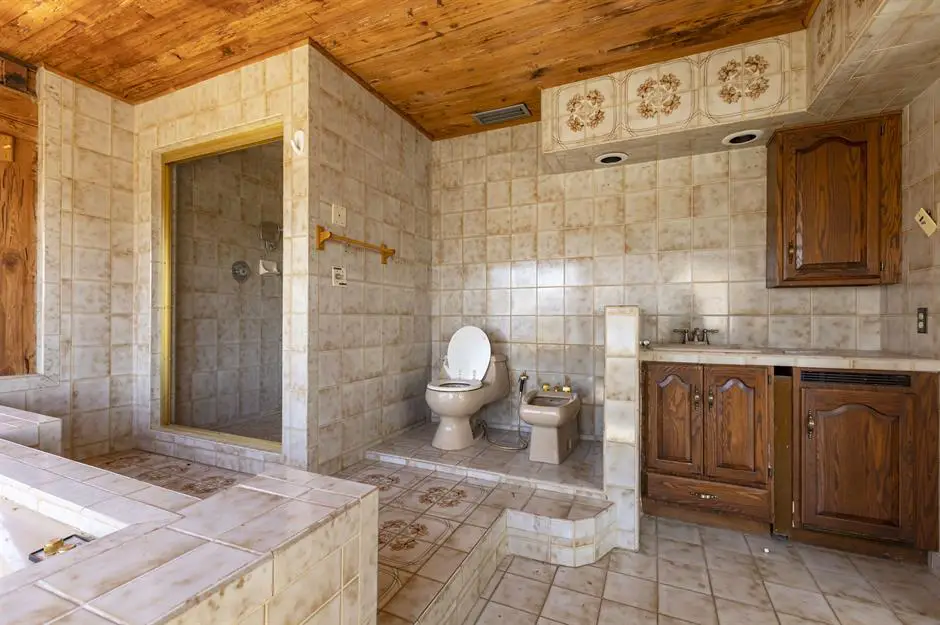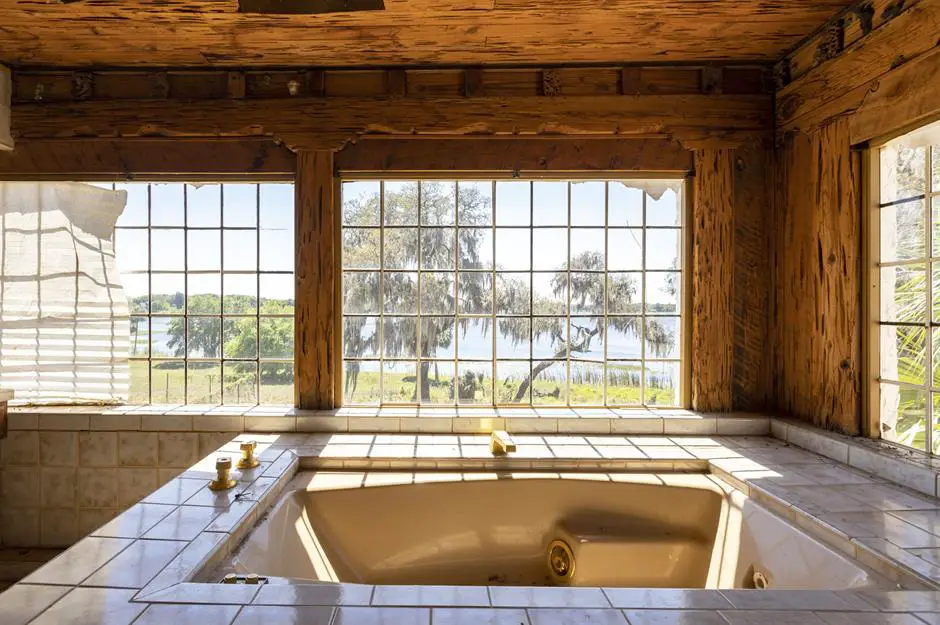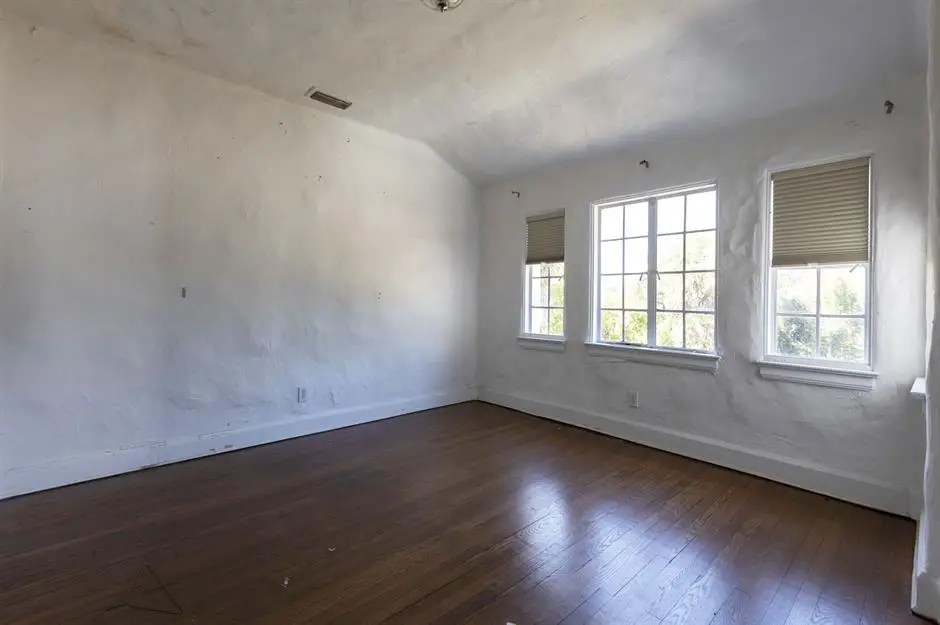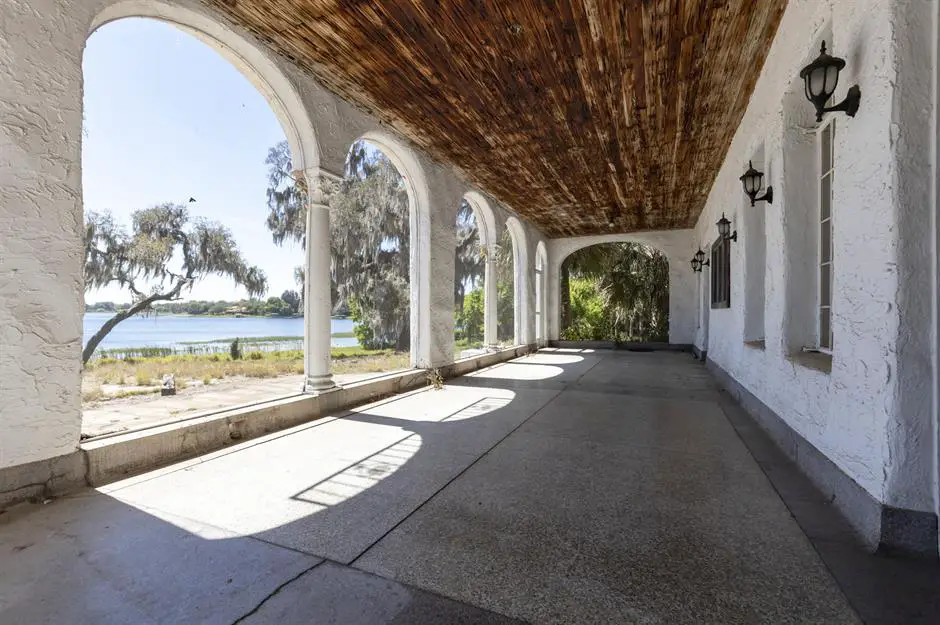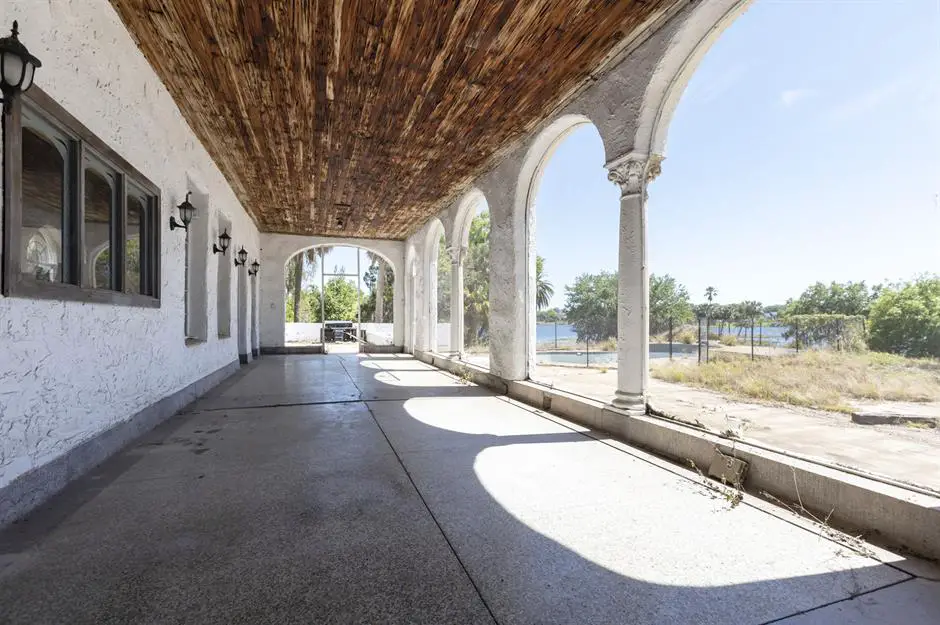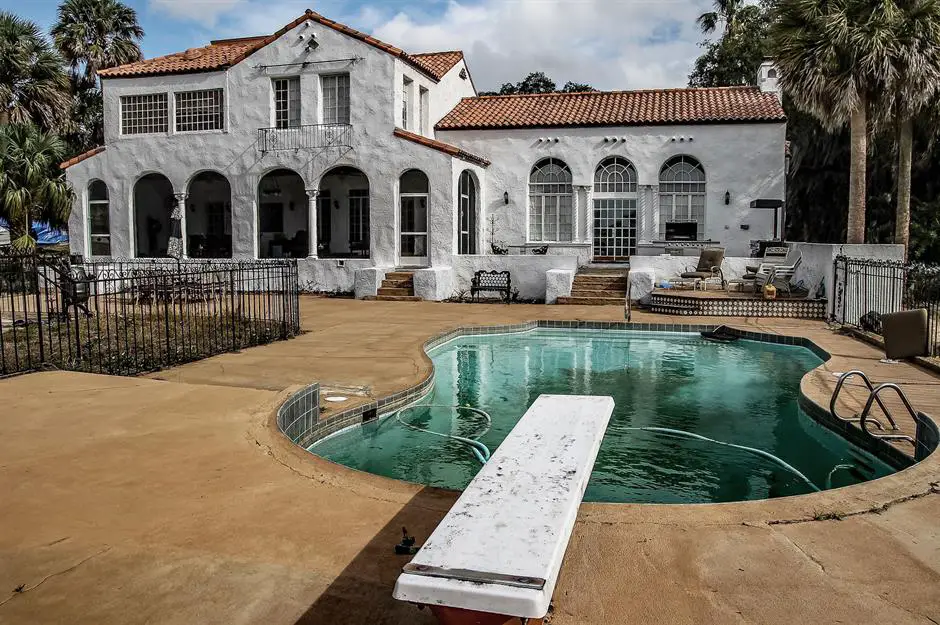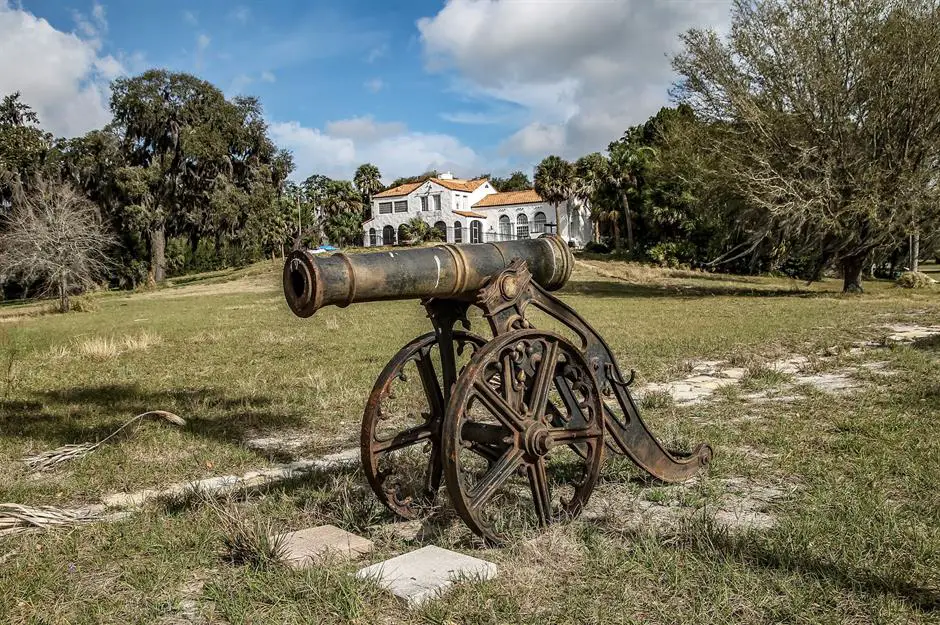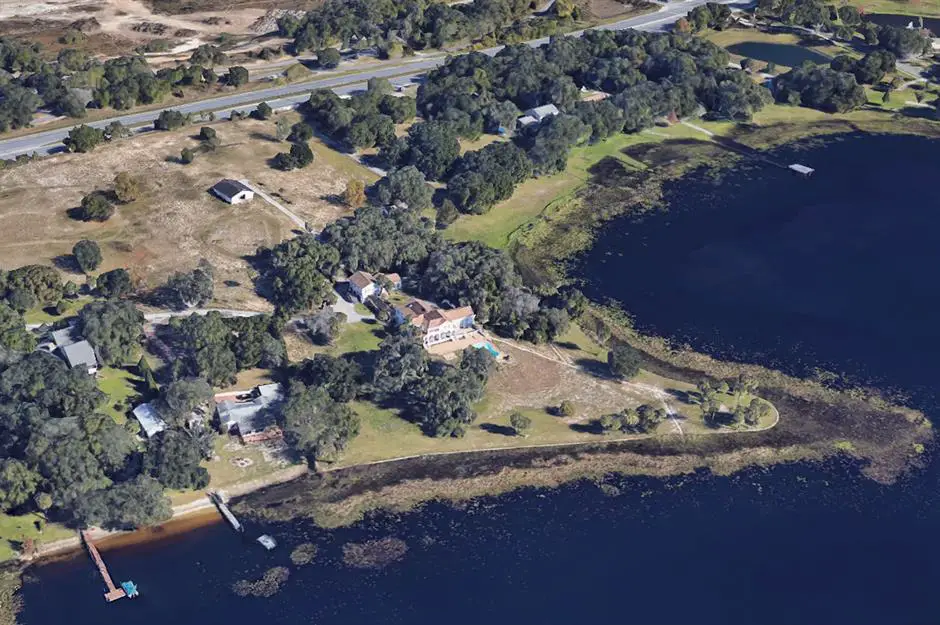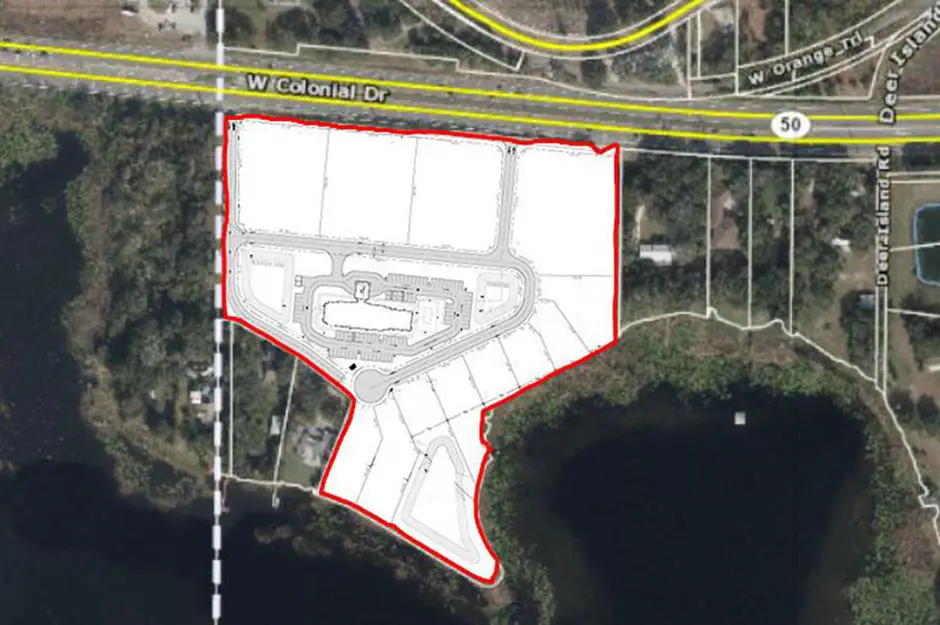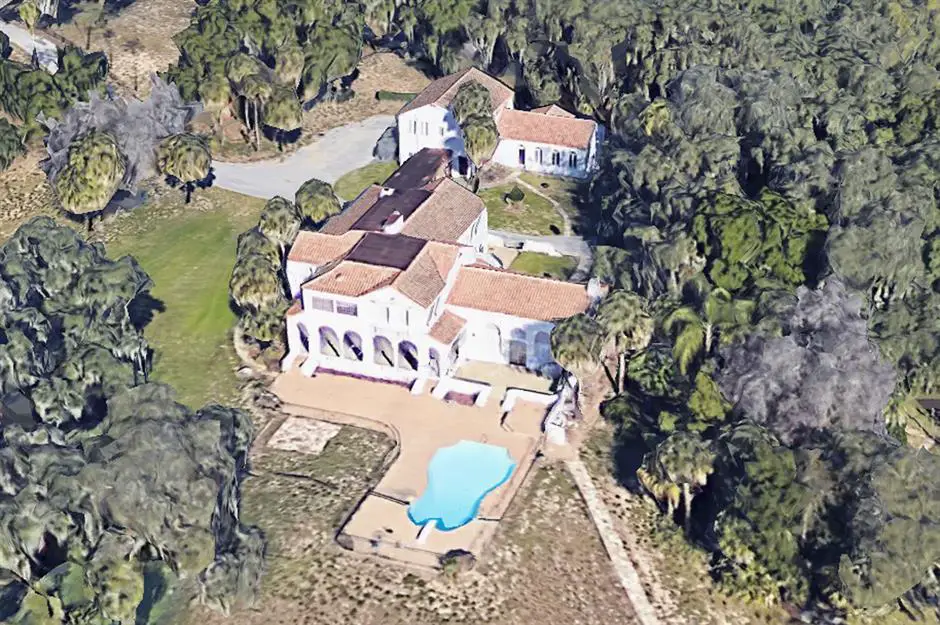This Mediterranean-style villa, located not far from Orlando, Florida, has had a colorful history with various intriguing owners. The mansion, nestled on the edge of Johns Lake, boasts an impressive 17-acre property and two sprawling structures totaling 5,854 square feet. It also includes a guesthouse, a carriage house, and stables.
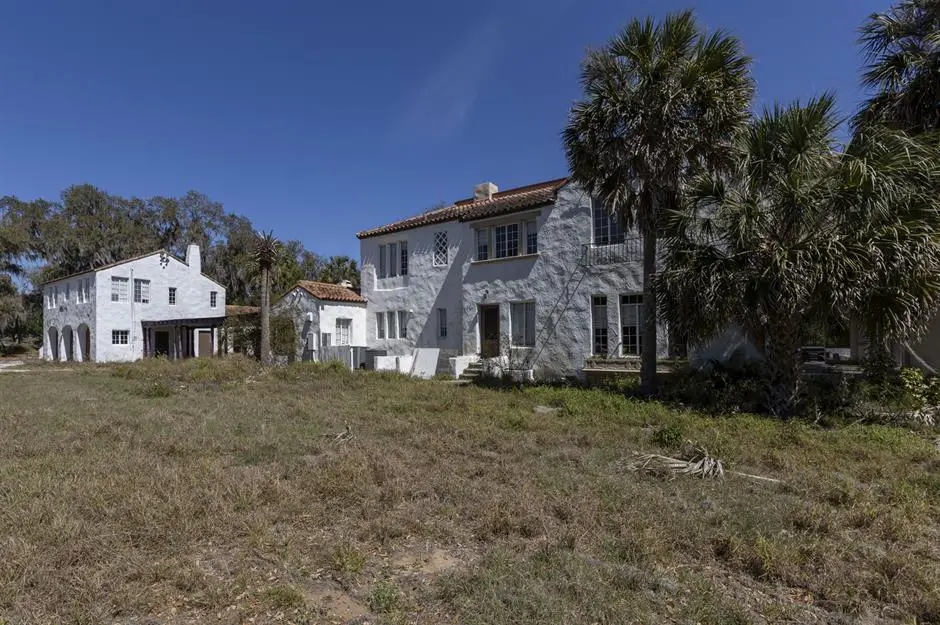
The house is often referred to as the Pratt House, as it was purportedly built as a holiday home for William Pratt, a New York chemist who had a hand in inventing Jell-O. The Mediterranean Revival-style mansion was constructed in 1928, reflecting the architectural trends of the time, inspired by traditional Spanish and Italian homes. Despite its aging exterior, the building remains structurally sound, a testament to its initial construction.
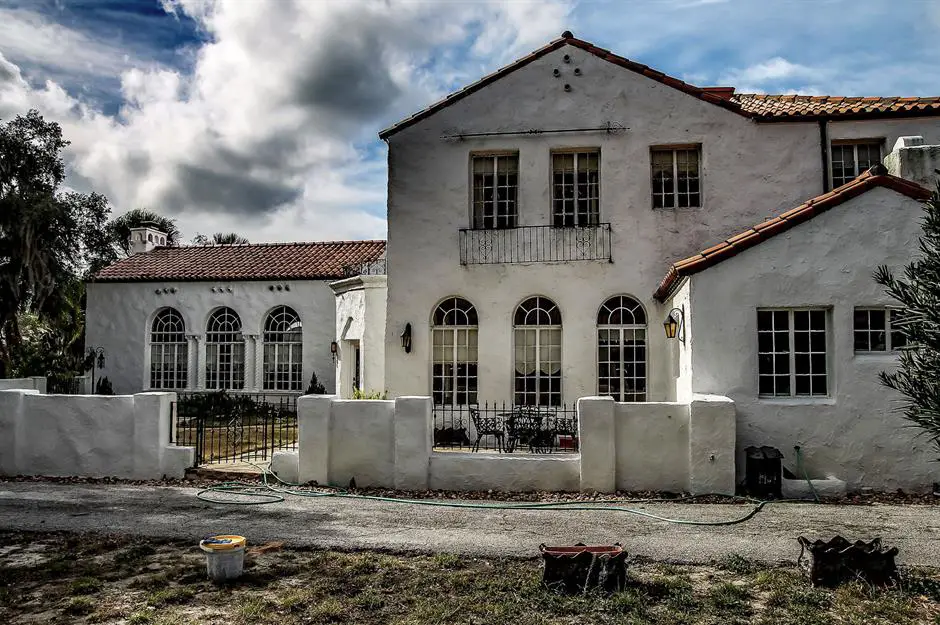
Earl Tupper, the inventor of Tupperware, is another notable former owner of the property. He acquired it in the 1950s after moving his growing Tupperware business to Florida. However, Tupper later sold the company and purchased a private island off the coast of Costa Rica. The company he founded has since faced financial difficulties.
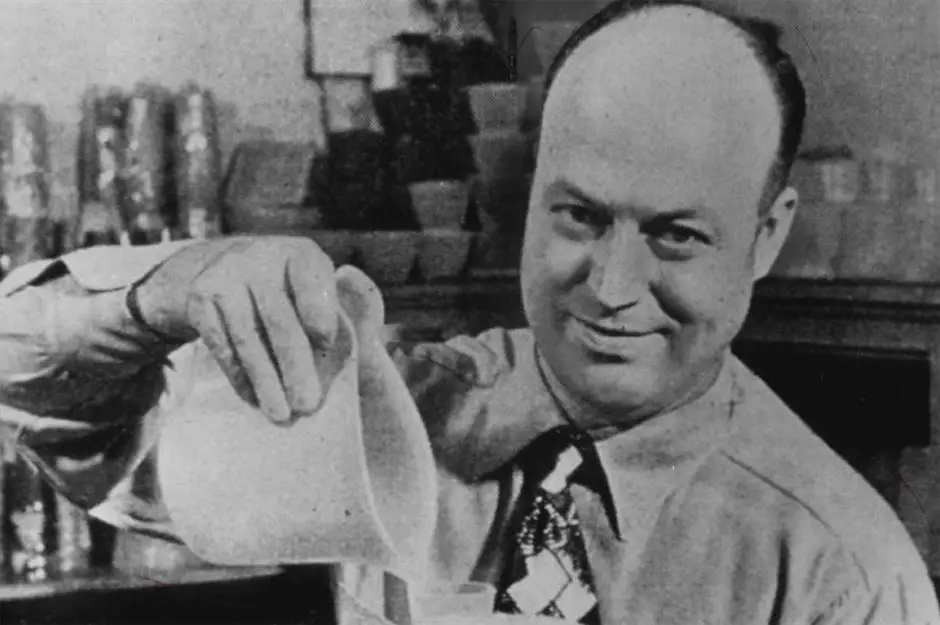
In 1980, the property was acquired by Khalil bin Laden, one of Osama bin Laden’s half-brothers. The bin Laden family was once a large family that lived in various Western countries, including Sweden, but it later became associated with the 9/11 terrorist attacks. Khalil purchased the property as a wedding gift for his Brazilian wife, Isabel Cristina Castanheira Bayma. After the events of 9/11, numerous bin Laden family members were evacuated from the United States to Saudi Arabia to ensure their safety.
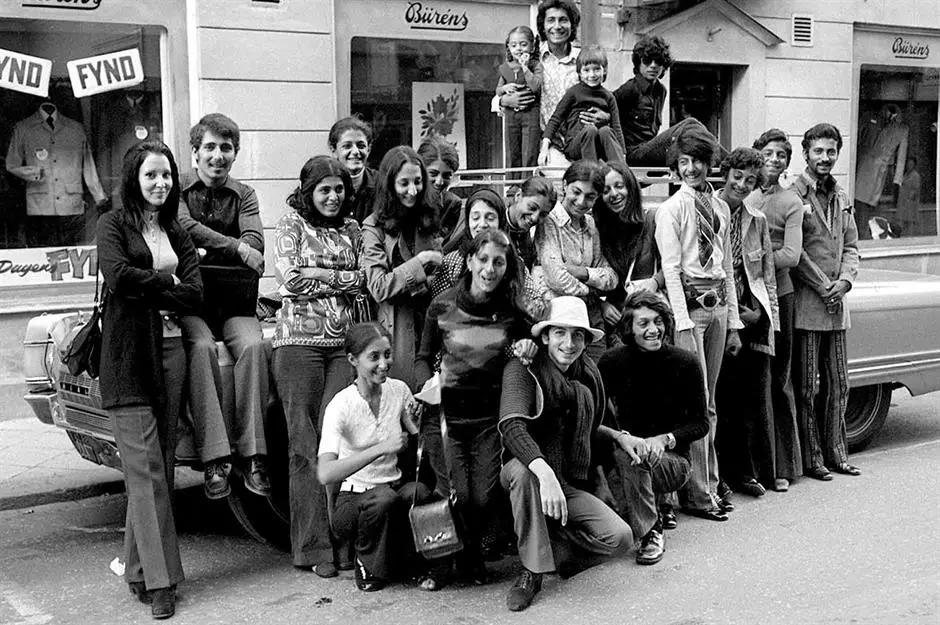
The mansion’s grounds still reflect its past grandeur, with original architectural features like a three-headed lamppost, rustic roof tiles, and grand arched windows still in good condition. The property also features a terrace overlooking Johns Lake.
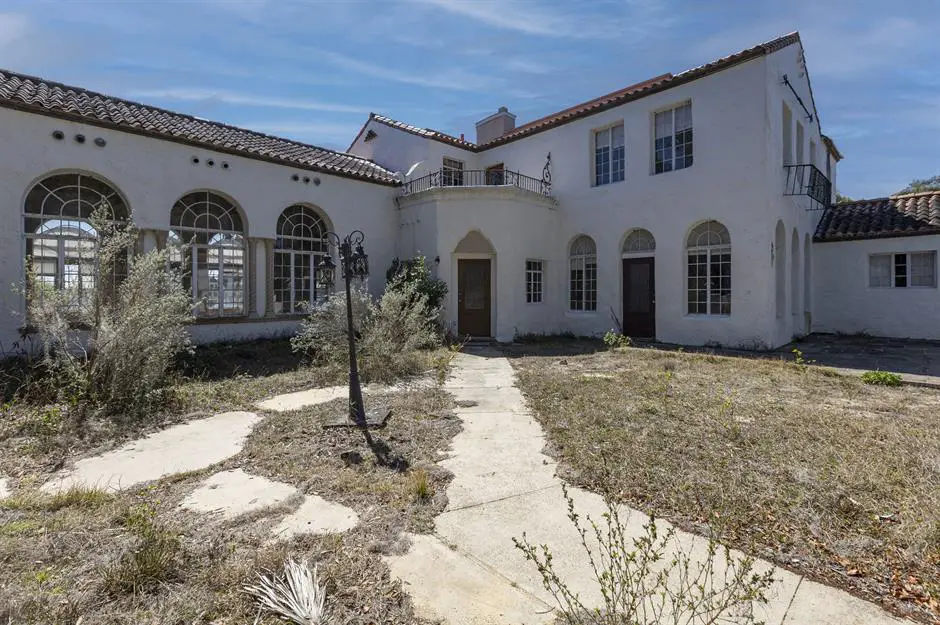
While the mansion was once used as a residence, it has since been stripped of its furnishings and left empty and abandoned. The entrance hall still retains charming original features, such as plasterwork crests, a Mediterranean-style tiled floor, and a corner fountain.
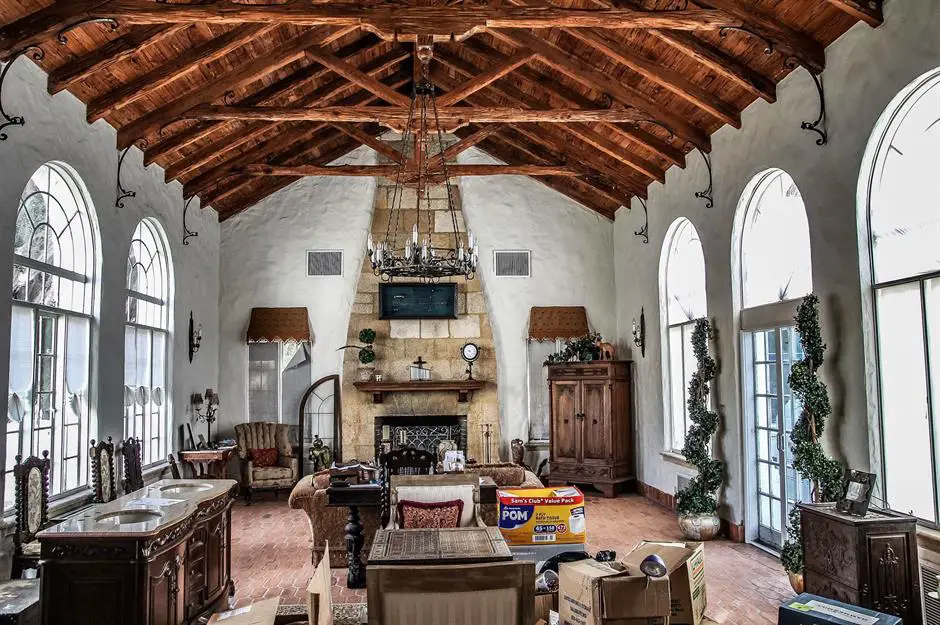
The main level of the property features an open-plan layout with arched doorways connecting rooms, which would have been advantageous in the days before air conditioning was common. There is an old-fashioned kitchen, reflecting the 1990s style, and a large open space that appears to have been a dining room.
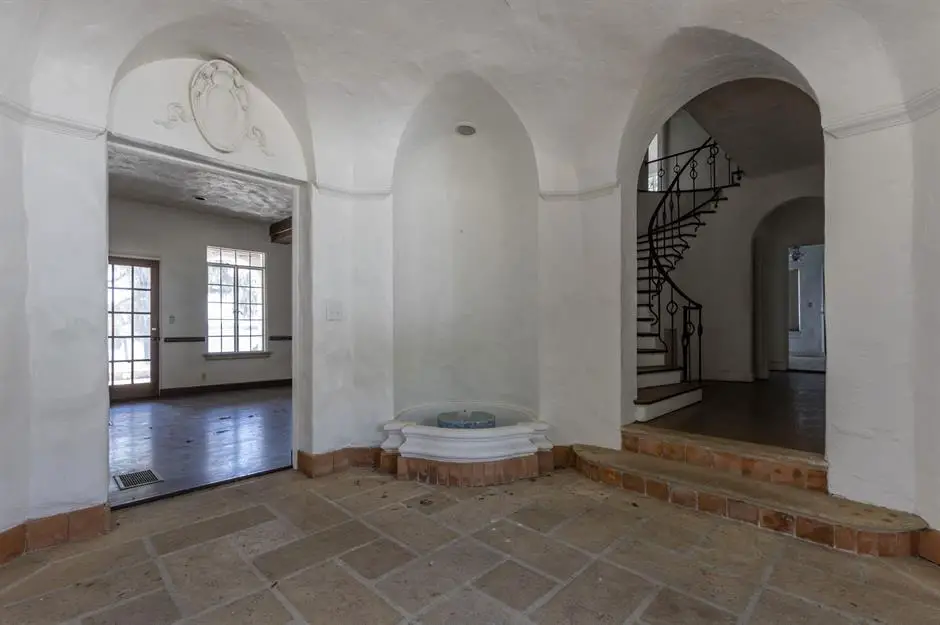
One of the bedrooms on the upper level features handsome wood floors, and the master bedroom connects to an ensuite bathroom that appears to be from another era. It includes beige tiles and wood veneer paneling on the ceiling, hinting at a more old-fashioned design.
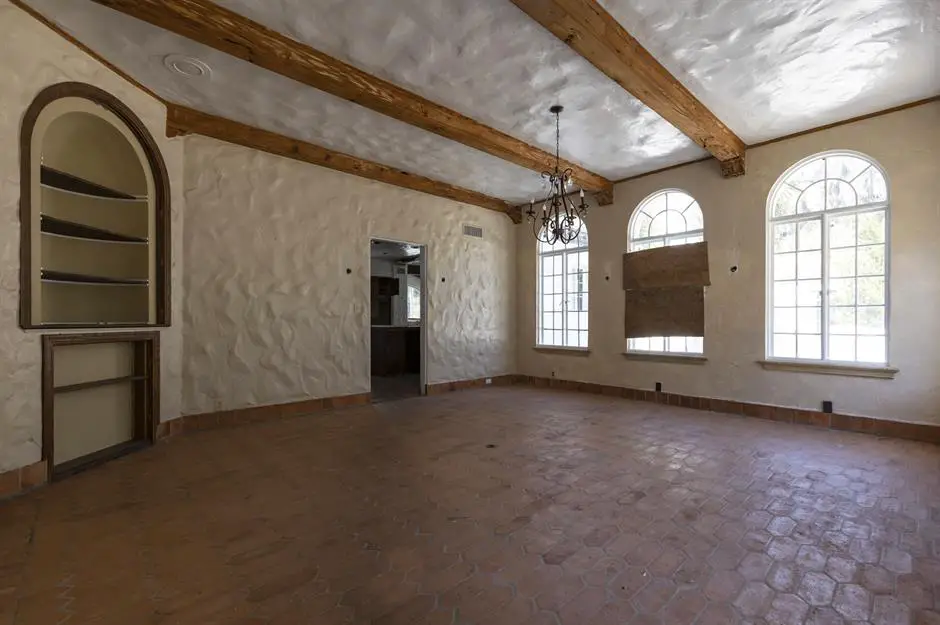
The property has a faded verandah overlooking Johns Lake, which must have once been inviting. A pool, originally installed in the 1920s and later filled in, was discovered by John LeClair when he purchased the property. He tried to maintain the property by renting it out for events but ended up facing legal issues due to financial difficulties.
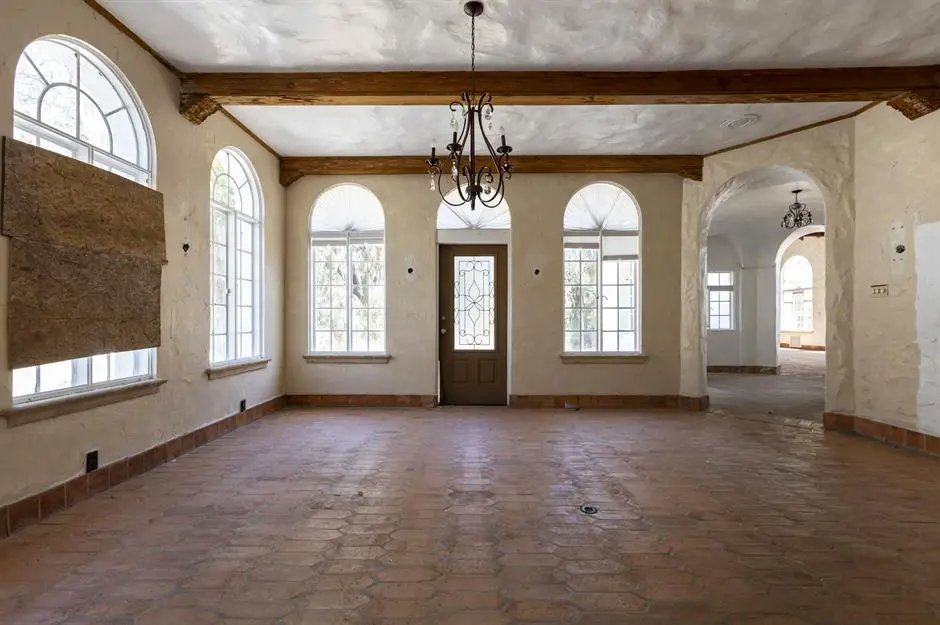
The mansion’s grounds are filled with unique artifacts, including an antique cannon placed in the middle of the lawn. Over the years, the property has seen various owners, bankruptcy, and failed development plans. It is currently owned by Florida-based company Cornerstone Group Development, and there are talks of demolishing the mansion for future development.
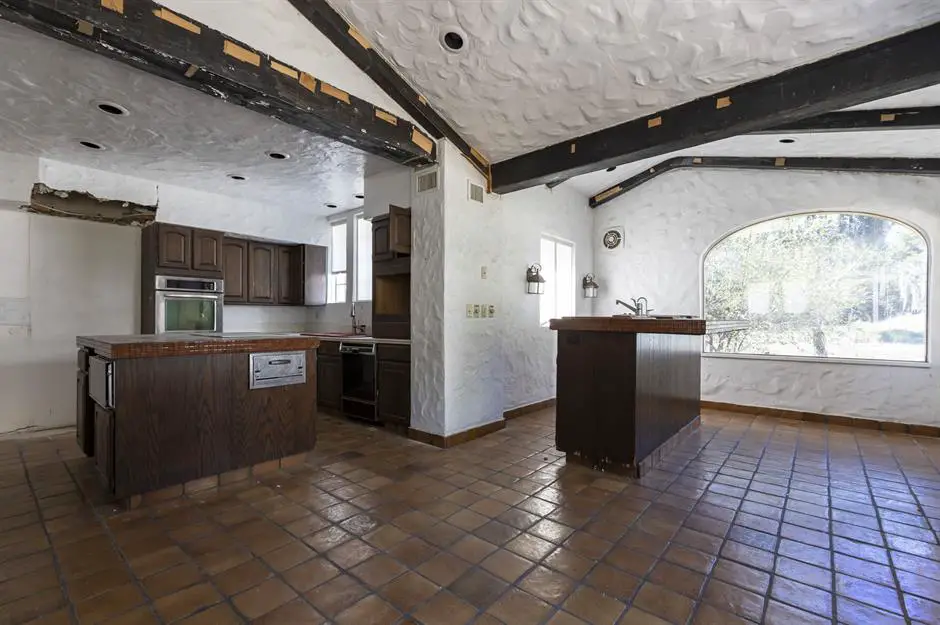
This storied estate, with its 1920s Mediterranean Revival architecture and a motley crew of past owners, may face a sorry end after years of being empty and abandoned. Plans for redevelopment could see the property transformed into a new commercial development, apartments, or even a Marriott hotel.
